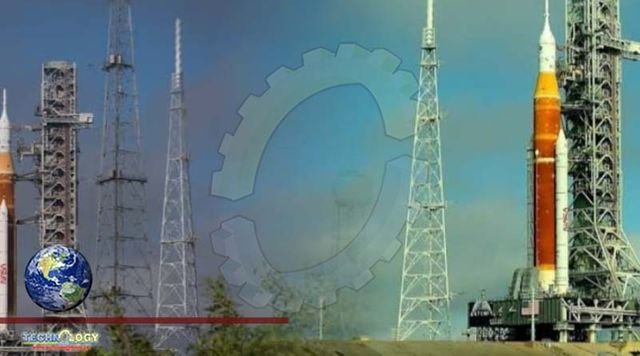NASA will take its fourth crack at fueling up its Artemis 1 moon rocket in June that, if all goes according to plan, could set the stage for its first launch .

The Artemis 1 stack — a huge Space Launch System (SLS) rocket with an Orion crew capsule on top — rolled out to Pad 39B at NASA’s Kennedy Space Center (KSC) in Florida in mid-March for its “wet dress rehearsal,” a crucial series of tests that includes fueling up the SLS.
The wet dress began on April 1 and was supposed to wrap up two days later. But the Artemis 1 team encountered several problems, including a stuck valve on the mission’s mobile launch tower and a hydrogen leak in one of the “umbilical” lines connecting the tower to the SLS, which delayed and ultimately halted the wet dress after three fueling attempts.
On April 25, team members rolled the Artemis 1 stack off Pad 39B back to KSC’s cavernous Vehicle Assembly Building (VAB) to investigate the problems and make the necessary fixes. That work has been going well, NASA officials said during a call with reporters today (May 5).
For example, the team has replaced the faulty valve and figured out why it got stuck: a piece of rubber debris prevented it from sealing properly. That debris was not part of the valve; where it came from remains under investigation, agency officials said. And the helium leak likely resulted because some of the umbilical’s bolts loosened slightly due to relaxed compression on a gasket.
Work on the Artemis 1 stack continues, but the team is optimistic it will be done soon, paving the way for another wet dress try. “We’re looking right now at that next wet dress in the early to mid-June timeframe,” Jim Free, associate administrator for the Exploration Systems Development Mission Directorate at NASA headquarters in Washington, said during today’s call.
That schedule would require a rollout from the VAB by late May because the Artemis 1 team needs 12 to 14 days to prep for the wet dress once SLS and Orion are on the launch pad, Free added.
Free expressed confidence that the fourth time would be the charm for the wet dress, but he acknowledged that “it may take more than one attempt to get the procedures where we need them.”
He also stressed that encountering issues during the vetting of a brand-new launch system is far from surprising. He gave several other examples, including that of the space shuttle, which rolled out to the pad for its wet dress in December 1980 but didn’t launch for the first time until April 12, 1981.
“It is a challenge to work these new systems and these complicated vehicles,” Free said. “We certainly own where our program is, but I think we’re in family of where we’ve been in the past.”
Source: This news is originally published by space
